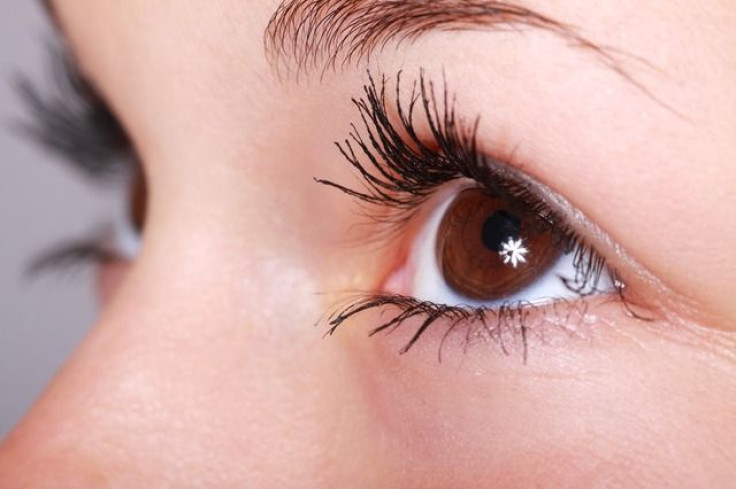Woman Battles for Her Sight After Her Eyeball Explodes Twice

A young woman in the United Kingdom is hoping that doctors can save her sight after her cornea exploded - twice.
Liz Hodgkinson, an artist and a server at a bar, suffers from a rare condition called keratoconus, an eye disorder that causes the structure of cornea to bulge into a cone. Hodgkinson's mother and brother both have the disorder.
The condition does not have a cure; it is mostly treated with contact lenses and then, eventually, corneal implants.
Hodgkinson's cornea split for the first time in 2010. The young woman was on the road having a driving lesson when she felt a sudden sharp pain in her eye. Hodgkinson thought at first that the pain had occurred because something had flown into her eye or she was having an allergic reaction to an object.
After the pain, she felt something dribble down her face. Initially, Hodgkinson thought that her eyes were watering. She soon discovered that it was her optical fluid running down her face, and that she was suffering from a rare condition called hydropops. The experience meant that she could not lift her eyelid at the time.
Her driving instructor took over the car and immediately returned her to her house. Her parents escorted her to the hospital right away.
There was not a lot that doctors could do for Ms. Hodgkinson, even though her eye was essentially deflating. They prescribed her eye drops to numb the pain. Then they applied an optical bandage around her eye to keep more fluid from leaking out. Meanwhile, Hodgkinson's iris had moved to block the hole, prompting fears that her eye would expose her optic nerve. Eventually, physicians gave her Diamox, a drug traditionally used by high-altitude climbers, to equalize the pressure in her eye. Fortunately, the bandage and medication worked. Though there was scarring, Hodgkinson was able to move on with her life - that is, until earlier this year.
On Halloween, Hodgkinson's eye felt extremely itchy. The following morning, she felt a familiar sharp pain, started seeing flashing blue lights, and felt fluid dribble down her face once again.
When she was taken to the hospital, she received once again the optical bandage and Diamox. Doctors told her that she would need to receive a corneal transplant, because the hydropops would probably occur for her over and over again until she lost her eye.
Her surgery will take place in two weeks, and she has resigned herself to it. Fortunately, she has an example of a corneal transplant gone right in her mother Sue. Sue Hodgkinson recently had the transplant and it has been a success. Unless their body rejects the transplants, both Hodgkinsons will have a working eye for the rest of their lives.



























